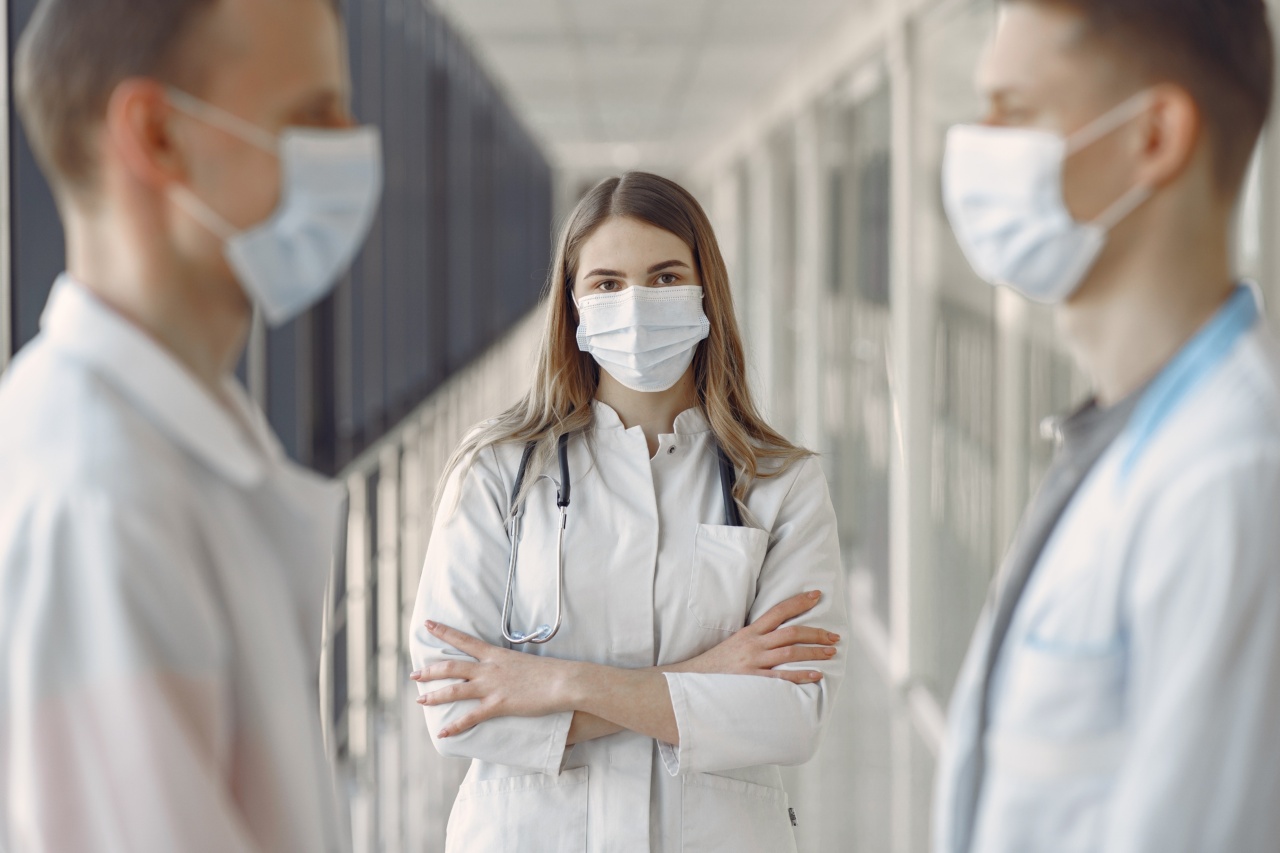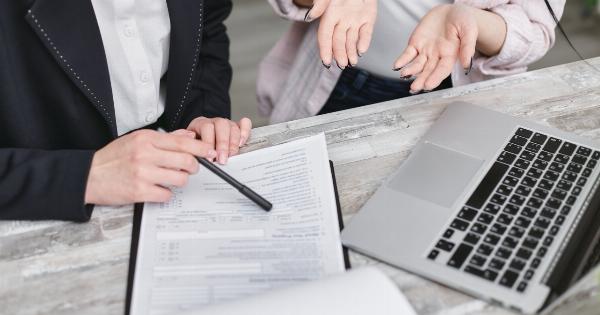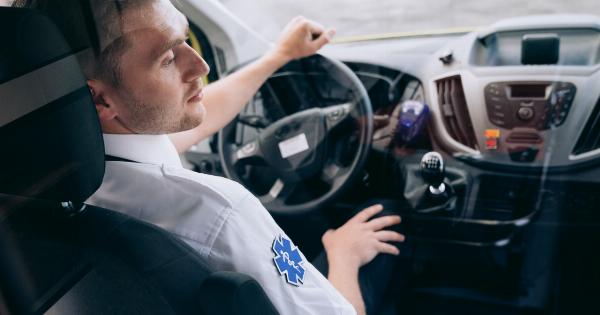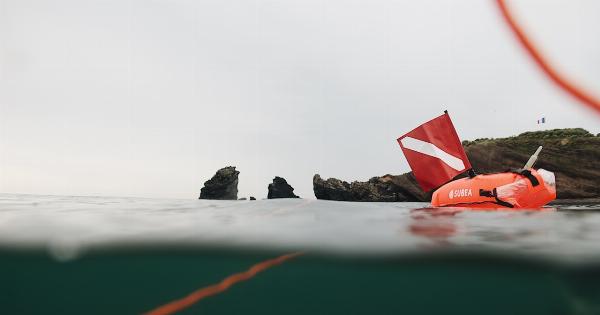A proactive approach to accident prevention is crucial in ensuring the safety and well-being of students. Educational institutions should prioritize creating a secure environment, taking various preventive measures to minimize the risk of accidents.
By implementing proactive accident prevention strategies, schools can significantly reduce potential hazards and promote a culture of safety and security. This article explores the importance of protecting students through proactive accident prevention and discusses various effective strategies and measures that educational institutions can adopt.
The Significance of Proactive Accident Prevention
Accidents can happen anywhere, including within the premises of educational institutions. Ensuring the safety of students should be a top priority for schools, colleges, and other learning facilities.
A proactive accident prevention approach not only safeguards the well-being of students but also helps in reducing the legal and financial liabilities for educational institutions.
Identifying Common Hazards
Prioritizing student safety requires the identification and assessment of common hazards within educational institutions. By recognizing potential dangers, appropriate preventive measures can be put in place.
Some common hazards in educational settings include:.
1. Trips, Slips, and Falls
Slippery floors, uneven surfaces, and cluttered walkways can lead to trips, slips, and falls, resulting in injuries. Regular inspections, prompt repairs, and proactive maintenance can help prevent such accidents.
2. Playground Accidents
Playgrounds are often a source of injuries for students. Ensuring that playground equipment is well-maintained, regularly inspected, and age-appropriate can minimize the risk of accidents during playtime.
3. Chemical Exposure
Laboratory settings and art studios may expose students to harmful chemicals. Strict adherence to safety protocols, regular inspections of chemical storage areas, and proper ventilation systems can prevent accidental exposure and minimize risks.
4. Fire Hazards
Educational institutions should have robust fire prevention and detection systems in place. Regular fire drills, well-maintained firefighting equipment, and clear evacuation plans can safeguard students in case of fire emergencies.
5. Transportation Safety
For students who commute via buses or other transportation services provided by the educational institution, ensuring safe travel is essential.
Regular maintenance of vehicles, background checks on drivers, and adherence to traffic regulations can help prevent accidents during transportation.
Strategies for Proactive Accident Prevention
By adopting proactive strategies and implementing preventive measures, educational institutions can create a safe and secure environment for students. Here are some effective strategies:.
1. Regular Risk Assessments
Conducting comprehensive risk assessments is essential to identify potential hazards within the institution. Regular inspections and audits can highlight areas that require attention and address safety concerns proactively.
2. Training and Education
Providing students, teachers, and staff with proper safety training equips them with the knowledge and skills necessary to prevent accidents and respond appropriately to potential dangers.
Regular safety drills and workshops can reinforce good safety practices.
3. Adequate Supervision and Staffing
Ensuring adequate supervision of students during all activities within the institution is crucial. Sufficient staff-to-student ratios should be maintained to ensure that students are closely monitored and potential accidents are promptly addressed.
4. Maintenance and Inspections
Regular maintenance and inspections of infrastructure, equipment, and facilities are essential to identify and fix potential hazards. By addressing issues promptly, educational institutions can minimize the risk of accidents.
5. Safety Policies and Guidelines
Establishing and enforcing clear safety policies and guidelines provides a framework for accident prevention. These policies should cover areas such as playground safety, fire safety, transportation safety, and emergency response protocols.
6. Collaboration with Local Authorities
Educational institutions should collaborate with local authorities, such as fire departments and law enforcement agencies, to ensure timely response and support in emergency situations.
Such partnerships can enhance accident prevention efforts and emergency preparedness.
7. Safety Awareness Campaigns
Conducting safety awareness campaigns throughout the academic year can help in creating a culture of safety among students, teachers, and staff.
Posters, presentations, and interactive sessions can engage the entire educational community in accident prevention.
8. Appropriate Safety Equipment
Investing in appropriate safety equipment, such as fire extinguishers, first aid kits, and safety gear, enables educational institutions to respond promptly in case of emergencies or accidents.
9. Student Involvement
Encouraging student involvement in accident prevention initiatives can enhance their awareness and sense of responsibility towards their own safety.
Student-led safety committees and peer-to-peer safety programs can contribute to a safer learning environment.
10. Continuous Improvement
Accident prevention is an ongoing process. Educational institutions should continuously evaluate their accident prevention strategies, learn from any past incidents, and make necessary improvements to ensure students’ safety.
Conclusion
A proactive accident prevention approach is vital in protecting students and creating a safe learning environment.
By identifying common hazards, implementing preventive measures, and fostering a culture of safety, educational institutions can significantly reduce the risk of accidents and promote the overall well-being of students. It is essential for schools, colleges, and other learning facilities to prioritize accident prevention and continuously strive for improvement in their safety practices.































